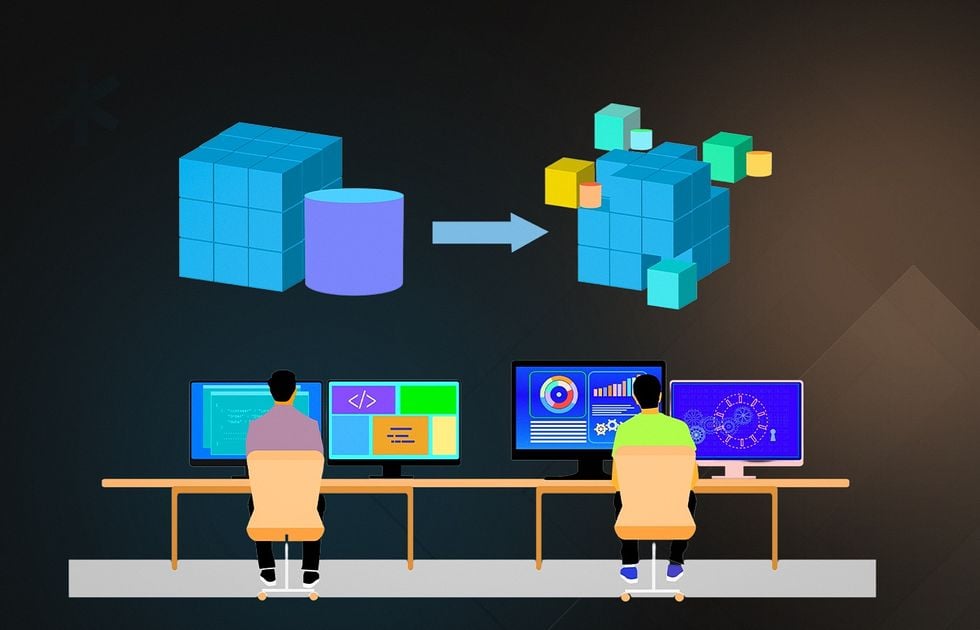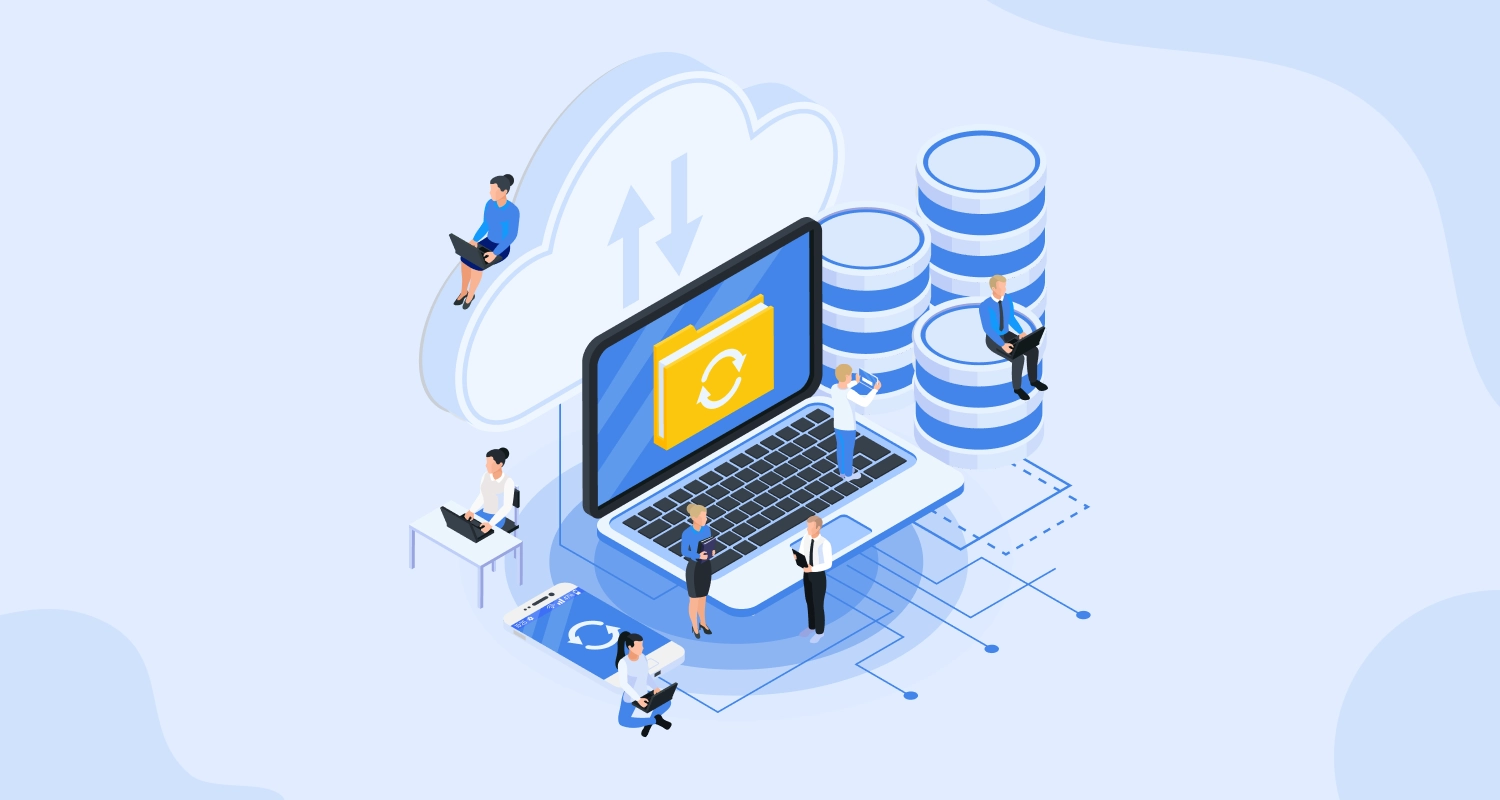In the digital era, data is the lifeblood of every organization. Whether moving to a new cloud environment, upgrading a database, or consolidating IT systems after a merger, Data Migration Best Practices are a critical roadmap for success. A data migration is more than just a technical process of moving bits and bytes; it is a strategic and often complex undertaking that carries significant risks. A botched migration can lead to data loss, service outages, and massive financial and reputational damage. This article will provide a comprehensive, deep dive into the strategic planning, technical execution, and best practices that are defining the next chapter of data migration. We will explore the key challenges, from ensuring data integrity to mitigating downtime, and offer a clear, step-by-step guide for organizations to successfully navigate this intricate process and ensure a seamless transition.
The Foundational Philosophy of Data Migration

Before you write a single line of code or move a single file, it’s crucial to understand the foundational philosophy of a successful data migration. It is not a purely technical project but a business-driven one, with a focus on risk mitigation, data integrity, and a clear business purpose.
A. Establish a Clear Business Case: The first and most important step is to establish a clear business case for the migration. Why are you doing this? Is it to reduce costs, improve performance, or consolidate systems? A clear business case will guide every decision you make, from the choice of technology to the project’s timeline and budget. Without a clear business case, a migration can quickly spiral out of control.
B. Data Is a Strategic Asset: A successful data migration treats data as a strategic asset, not just a technical artifact. The focus is on the data’s quality, its integrity, and its value to the business. The migration is a unique opportunity to cleanse and standardize the data, which can have a massive impact on the business’s operations and its ability to make more informed decisions. This is often the biggest long-term win of a successful migration.
C. Mitigate Risk and Plan for the Worst: A data migration is inherently a high-risk project. The best approach is to plan for the worst-case scenario. What happens if the migration fails? What is the rollback plan? A successful migration is one where the risks have been identified and mitigated, and a clear plan is in place to recover from an unexpected event. This includes having a full backup of all the data and a clear process for a quick rollback.
D. The “Lift and Shift” vs. “Refactor” Dilemma: There are two main strategies for a data migration.
- Lift and Shift: This is the process of moving an application and its data from one environment to another, with little to no changes. It is a faster and less expensive approach, but it can also be a missed opportunity to optimize the data and the application.
- Refactor: This is the process of rewriting or redesigning an application and its data to take full advantage of the new environment, such as a cloud-native database. It is a more expensive and time-consuming approach, but it can lead to a massive improvement in performance, scalability, and cost efficiency. The choice between the two is a strategic one that should be guided by a clear business case.
The Step-by-Step Guide to a Succefsful Migration

A successful data migration is a well-orchestrated process that is broken down into a series of phases. Each phase has its own set of challenges and best practices.
A. Phase 1: Discovery and Planning: This is the most critical phase, where you lay the foundation for the entire project.
- Data Assessment: The first step is to perform a comprehensive assessment of all the data that needs to be migrated. This includes identifying the data’s location, its size, its format, and its dependencies. You must also identify the data’s quality, its integrity, and any potential issues that could cause problems during the migration.
- Stakeholder Engagement: A migration project requires buy-in from a wide range of stakeholders, from the IT team to the business users who rely on the data. A clear communication plan is essential to ensure that all stakeholders are informed and aligned.
- Tool and Technology Selection: The choice of tools and technology for the migration is a critical decision. There are a variety of options, from a manual script to a fully automated data migration platform. The choice should be guided by the complexity of the project, the size of the data, and the available budget.
B. Phase 2: Design and Development: This is the phase where you design the new data environment and develop the migration scripts and tools.
- Schema Mapping: The process of “schema mapping” is a key part of this phase. It is the process of mapping the data from the old system to the new one. This is a complex task that requires a deep understanding of both the old and the new data models.
- Data Transformation: In many cases, the data from the old system will need to be transformed to be compatible with the new one. This could involve cleaning the data, standardizing the format, or consolidating multiple data sources. This is a great opportunity to improve the data’s quality and its value to the business.
- Testing and Validation: A migration script should be thoroughly tested and validated before it is used to move any real data. This includes a number of tests, such as a unit test, an integration test, and a performance test.
C. Phase 3: Execution and Migration: This is the phase where you execute the migration and move the data from the old system to the new one.
- The “Cutover” Strategy: The “cutover” is the moment when you switch from the old system to the new one. There are a number of strategies for a cutover, from a “big bang” approach, where you shut down the old system and switch to the new one at once, to a “phased” approach, where you migrate the data in a series of phases. The choice of strategy should be guided by the project’s risk profile and the business’s need for continuity.
- Downtime Mitigation: A migration can cause a service outage, which can be a major problem for a business. A good migration strategy includes a plan for mitigating downtime, such as by using a “zero-downtime” migration strategy, where the old system and the new one run in parallel.
- Monitoring and Validation: The migration should be continuously monitored and validated to ensure that the data is being moved accurately and without any errors.
D. Phase 4: Post-Migration and Decommissioning: This is the phase where you decommission the old system and ensure that the new one is running smoothly.
- System Validation: The first step is to validate that the new system is running as expected. This includes a number of tests, such as a performance test and a user acceptance test.
- Old System Decommissioning: Once the new system is validated, the old one can be decommissioned. This includes a number of steps, such as a final backup of the data and a secure deletion of all sensitive information.
- Continuous Monitoring: The new system should be continuously monitored to ensure that it is running at its optimal performance and that there are no new issues.
The New Frontiers of Data Migration
The field of data migration is not static. It is a dynamic and evolving frontier that is being shaped by new technologies and business models.
A. AI and Machine Learning: AI and machine learning are being used to automate many of the manual tasks of a data migration.
- Automated Data Discovery: AI can be used to automatically discover and classify data, which can significantly reduce the time and cost of the discovery phase.
- Automated Schema Mapping: AI can also be used to automate the process of schema mapping, which is a complex and time-consuming task for a human.
- Predictive Analytics for Risk: AI can be used to analyze a migration project’s data and predict the likelihood of a failure, allowing a company to take a proactive step to mitigate the risk.
B. Cloud-Native Migration: The rise of cloud computing is creating a new era of data migration.
- Cloud-Native Tools: The major cloud providers offer a variety of cloud-native tools for data migration, which can significantly reduce the complexity and cost of the project.
- The “Zero-Downtime” Migration: The cloud’s elastic and scalable nature makes a “zero-downtime” migration a more feasible option than it was in the past.
C. Data Governance and Compliance: The new era of data privacy regulations, such as GDPR and CCPA, is making data governance and compliance a critical part of a data migration.
- Data Lineage: A data migration is a unique opportunity to establish a clear data lineage, or a record of where the data came from and where it is going. This is a critical part of a company’s compliance with data privacy regulations.
- Data Security: A data migration is a high-risk event, and a company must have a clear security plan to protect its data from a breach during the migration.
D. The Role of the Human: The role of the human in a data migration is changing from a manual worker to a strategic partner.
- Strategic Planning: The human’s role is shifting from the technical execution of a migration to the strategic planning and oversight of the project.
- Data Expertise: The human’s expertise is still needed to understand the data’s quality, its integrity, and its value to the business.
Conclusion
Data Migration Best Practices is a story of a new era of data management, one that is more strategic, more automated, and more aligned with the long-term goals of a business. The challenges are immense, from the complexity of data to the risk of a failure. However, the opportunity is even greater: to build a more resilient, more efficient, and more innovative digital infrastructure. The decisions we make today will not only shape the future of data migration but also define our relationship with data, technology, and the very concept of a digital business. The future of data is here, and it is a new era of strategic imperatives, technological innovation, and a deep commitment to building a data environment that is designed for the future.








